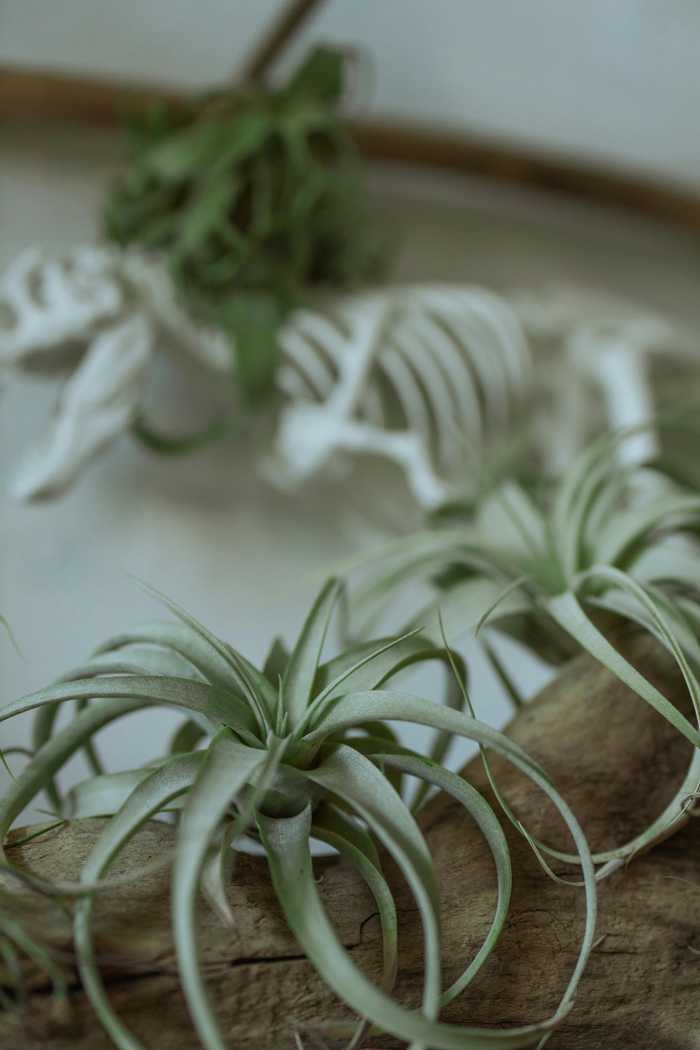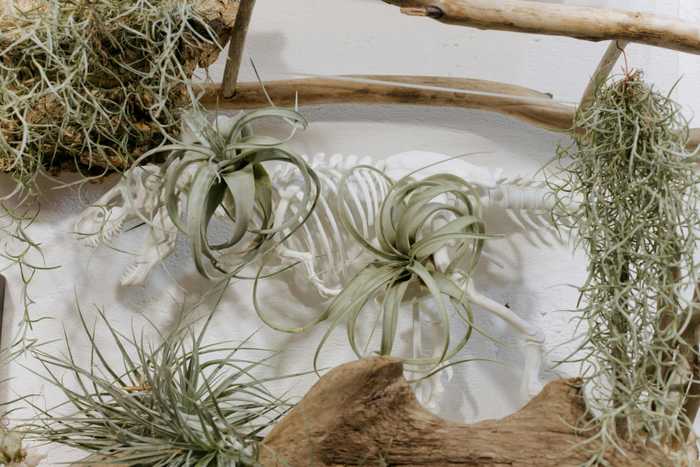Published 14:08 IST, January 9th 2025
What Are Air Plants? Low-Maintenance Houseplants That Don't Require Soil
There are more than 500 species of air plants to choose from...
- Lifestyle News
- 4 min read
If you’re looking for a houseplant that’s as unique as it is low-maintenance, let me introduce you to air plants, members of the Tillandsia genus in the Bromeliad family.
I first became acquainted with Tillandsia circa 2007, when I was invited to tour the Epcot Flower and Garden Festival at Walt Disney World in Florida. The larger-than-life Disney character topiaries were blanketed in flowers, succulents, ivy, moss — and a variety of air plants. I was amazed by them.
The quirky little curiosities, which are related to pineapples, are native to tropical and subtropical regions of North and South America, where -- instead of growing in soil -- they cling to trees, rocks, and even buildings without parasitizing or harming their hosts. Since they do not have roots, air plants depend on specialized cells called trichomes that allow their leaves to absorb moisture and nutrients.

What are air plants?
Air plants require bright, indirect light, so should be placed near an east- or west-facing window, but not directly in front of it. Direct sunlight can scorch their leaves.
In homes with average humidity levels, soak air plants once a week by placing them in a bowl of room-temperature water for 30-60 minutes; in homes with dry air, more frequent soaking may be necessary.
Gently shake the plants to remove excess water, then place them upside-down on a towel to drip dry for several hours. This last step is essential to prevent water from pooling in the plant’s leaves, which can result in rot.
It’s always best to allow tap water to sit for 12-24 hours to allow chlorine to dissipate before watering any plant, and air plants are especially sensitive to the chemicals.
Add an all-purpose houseplant, bromeliad, or orchid fertilizer to the soaking water once a month to provide nutrients. Apply at half the rate recommended on the package.
Air plants bloom only once, their small pink, coral, purple, or white flowers signaling their impending death. But no worries: The flowers will give way to offshoots, or “pups,” that can be separated into new plants once they grow to about one-third the size of their mother.

Types of air plants
There are more than 500 species of air plants to choose from. Notable species include the well-known Spanish moss (Tillandsia usneoides), which is often found hanging from large trees in tropical and subtropical regions. In the home, it’s best grown in a humid environment, such as a bathroom.
Tillandsia Ionantha, or sky plant, is a shaggy-looking specimen with green bracts that turn pink or purple at their tips before flowering.
Tillandsia caput-medusae is named for its resemblance to the snake-haired head of Medusa, of Greek myth. The plant is beloved for its long, wavy leaves that grow upward from a bulbous base.
Perhaps the most unique species of Tillandsia is the tendrilled Xerographic air plant (T. xerographica). Known as the King of Air Plants, it can grow up to 2 feet wide. The plant’s long, thin silver leaves curl downward to produce an overall spherical shape that distinguishes it from other air plants.
You can display your air plants in practically any spot that provides the required light exposure and good air circulation.
Inside open-topped glass globes or terrariums are popular display options, but you can also place the plants inside seashells or on rocks. You can even create a suspended Tillandsia garden by hanging several plants from fishing lines.
You might affix them to driftwood with wire or glue for a more nature-inspired display. Or grow them inside hanging frames. Working within the parameters of the plant’s needs, you are limited only by your imagination.
(Except for the headline, this story is not edited by Republic and is published from a syndicated feed)
Updated 14:39 IST, January 9th 2025